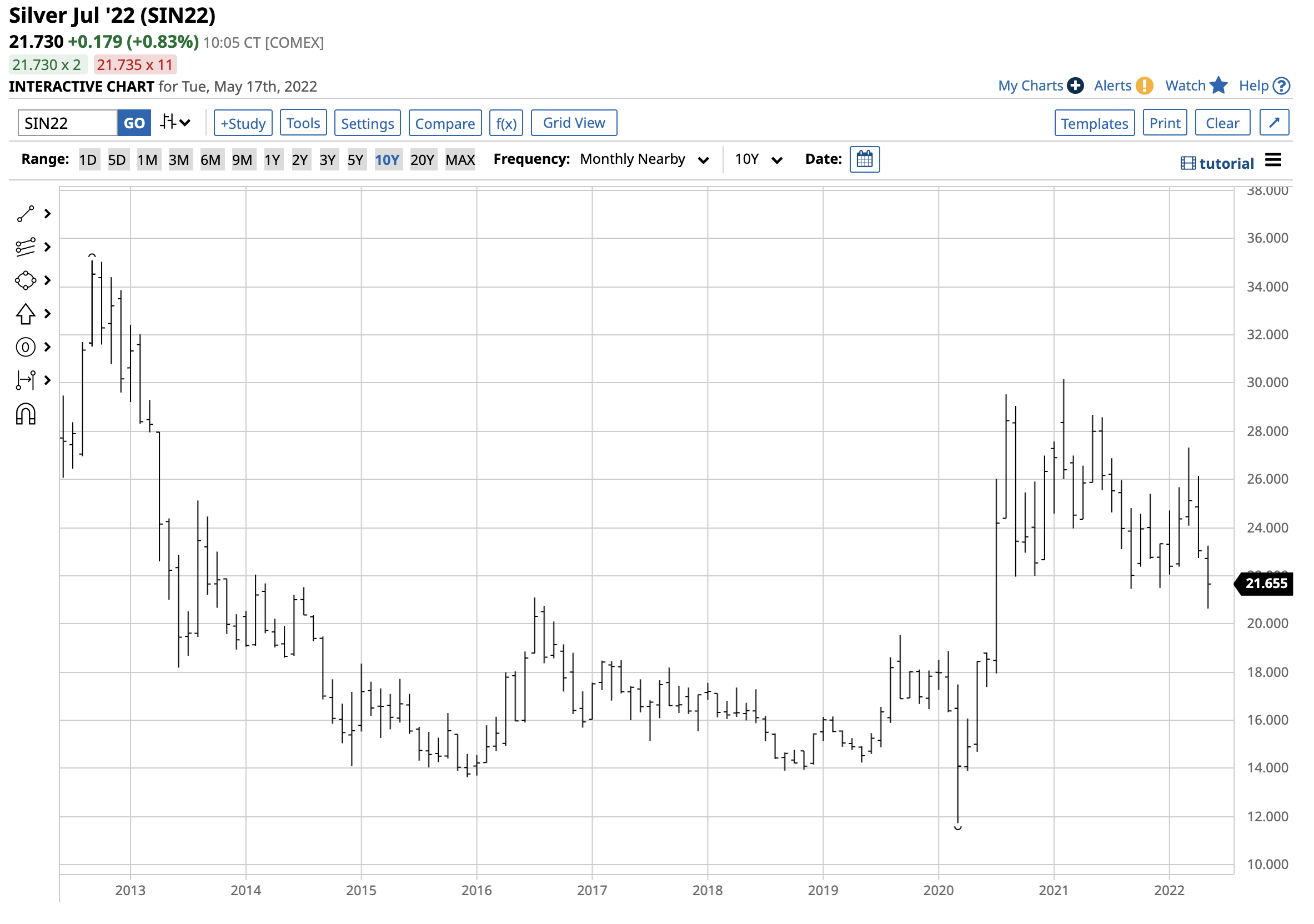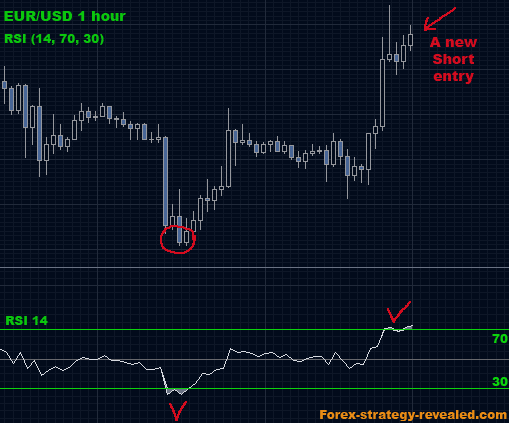
Looking for the best investment companies? Here are a few companies to consider: PayPal, Enbridge, Microsoft, 3M, and Apple. These companies can be a great way for diversifying your portfolio. Each company's story is different and each has its strengths and weaknesses, but these companies do have a lot in commun. This information will help investors make informed stock purchase decisions. You may be amazed at the savings you can make by reading reviews about the best companies.
Enbridge
Enbridge's growth in dividend returns is a compelling reason for investors to make an investment. The company's EBITDA generates approximately 85% from oil pipelines, natural gas utilities and other services. It also has around 4% of its EBITDA from a renewable power portfolio. Enbridge's future focus is on clean energy. Approximately a third of its capital investments are devoted to renewable energy projects. The company's dividend yield is 6.1%.

Microsoft
Although Microsoft's stock is down significantly since New Year's Day, it's still better than the S&P 500 Index. However, there are still positives that investors should consider. Microsoft's January earnings saw a 22% jump of EPS and a 20% YoY rise in revenue. The company's cloud segment also saw an increase of sales exceeding $22 billion. This is a 32% rise over last year.
3M
Investors might have wondered if 3M was a good stock to buy due to recent legal issues. However, 3M has a formidable arsenal of weapons it can use in order to fight legal issues. Although the company has real legal problems, its performance in the last few years has been below average. 3M is still a great stock to own, with a higher than average dividend yield. General Electric, Honeywell and Danaher are the main competitors to 3M.
PayPal
PayPal is one the largest names in the investment industry when it comes choosing stocks to invest. PayPal has become a global payment service that helps people and businesses accept and send payments online. PayPal was founded in 1998 as Confinity and went public in 2002. eBay acquired PayPal in 2008. It continued to be a subsidiary. As of 2019, the company was valued at $300 billion. Its stock price is down 70% compared to its peak last summer but it still has strong growth potential. PayPal has a strong balance and has been increasing its cash flow generation over the past few years.
Snowflake
Snowflake is a great stock to look at if youre looking for a brand new stock. According to Snowflake's CEO, the company is close to $1 billion in revenue for fiscal year 2018, and this number could rise by the end the decade. This makes this the best stock to own right now. The company's technology is expected to grow and be the next big thing in Big Data.

Shopify
Shareholders sold off their shares to take advantage of a more cautious outlook for revenue growth. This has caused the stock to experience a recent selloff. The stock's recent rise has been driven by strong ecommerce growth, rapid revenues growth, and a huge total addressable marketplace. The market's reaction is not premature to the stock's recent fall. Shopify stock is still a solid pick for long term investors, even though it has fallen nearly 20%.
FAQ
What is a bond?
A bond agreement between 2 parties that involves money changing hands in exchange for goods or service. Also known as a contract, it is also called a bond agreement.
A bond is usually written on a piece of paper and signed by both sides. The document contains details such as the date, amount owed, interest rate, etc.
The bond is used for risks such as the possibility of a business failing or someone breaking a promise.
Bonds are often used together with other types of loans, such as mortgages. This means that the borrower will need to repay the loan along with any interest.
Bonds can also raise money to finance large projects like the building of bridges and roads or hospitals.
When a bond matures, it becomes due. That means the owner of the bond gets paid back the principal sum plus any interest.
Lenders lose their money if a bond is not paid back.
How do I choose a good investment company?
A good investment manager will offer competitive fees, top-quality management and a diverse portfolio. The type of security in your account will determine the fees. Some companies charge no fees for holding cash and others charge a flat fee per year regardless of the amount you deposit. Others may charge a percentage or your entire assets.
It is also important to find out their performance history. A company with a poor track record may not be suitable for your needs. Avoid companies that have low net asset valuation (NAV) or high volatility NAVs.
It is also important to examine their investment philosophy. In order to get higher returns, an investment company must be willing to take more risks. If they are not willing to take on risks, they might not be able achieve your expectations.
Can bonds be traded
Yes they are. As shares, bonds can also be traded on exchanges. They have been doing so for many decades.
They are different in that you can't buy bonds directly from the issuer. They can only be bought through a broker.
This makes it easier to purchase bonds as there are fewer intermediaries. This means that you will have to find someone who is willing to buy your bond.
There are many types of bonds. Some pay interest at regular intervals while others do not.
Some pay interest annually, while others pay quarterly. These differences make it possible to compare bonds.
Bonds can be very useful for investing your money. If you put PS10,000 into a savings account, you'd earn 0.75% per year. The same amount could be invested in a 10-year government bonds to earn 12.5% interest each year.
You could get a higher return if you invested all these investments in a portfolio.
Statistics
- For instance, an individual or entity that owns 100,000 shares of a company with one million outstanding shares would have a 10% ownership stake. (investopedia.com)
- "If all of your money's in one stock, you could potentially lose 50% of it overnight," Moore says. (nerdwallet.com)
- Even if you find talent for trading stocks, allocating more than 10% of your portfolio to an individual stock can expose your savings to too much volatility. (nerdwallet.com)
- Ratchet down that 10% if you don't yet have a healthy emergency fund and 10% to 15% of your income funneled into a retirement savings account. (nerdwallet.com)
External Links
How To
How to trade in the Stock Market
Stock trading refers to the act of buying and selling stocks or bonds, commodities, currencies, derivatives, and other securities. Trading is a French word that means "buys and sells". Traders are people who buy and sell securities to make money. It is one of the oldest forms of financial investment.
There are many ways to invest in the stock market. There are three basic types: active, passive and hybrid. Passive investors only watch their investments grow. Actively traded investors seek out winning companies and make money from them. Hybrid investors use a combination of these two approaches.
Passive investing is done through index funds that track broad indices like the S&P 500 or Dow Jones Industrial Average, etc. This approach is very popular because it allows you to reap the benefits of diversification without having to deal directly with the risk involved. You just sit back and let your investments work for you.
Active investing means picking specific companies and analysing their performance. Active investors look at earnings growth, return-on-equity, debt ratios P/E ratios cash flow, book price, dividend payout, management team, history of share prices, etc. They then decide whether they will buy shares or not. If they believe that the company has a low value, they will invest in shares to increase the price. They will wait for the price of the stock to fall if they believe the company has too much value.
Hybrid investing combines some aspects of both passive and active investing. Hybrid investing is a combination of active and passive investing. You may choose to track multiple stocks in a fund, but you want to also select several companies. In this case, you would put part of your portfolio into a passively managed fund and another part into a collection of actively managed funds.